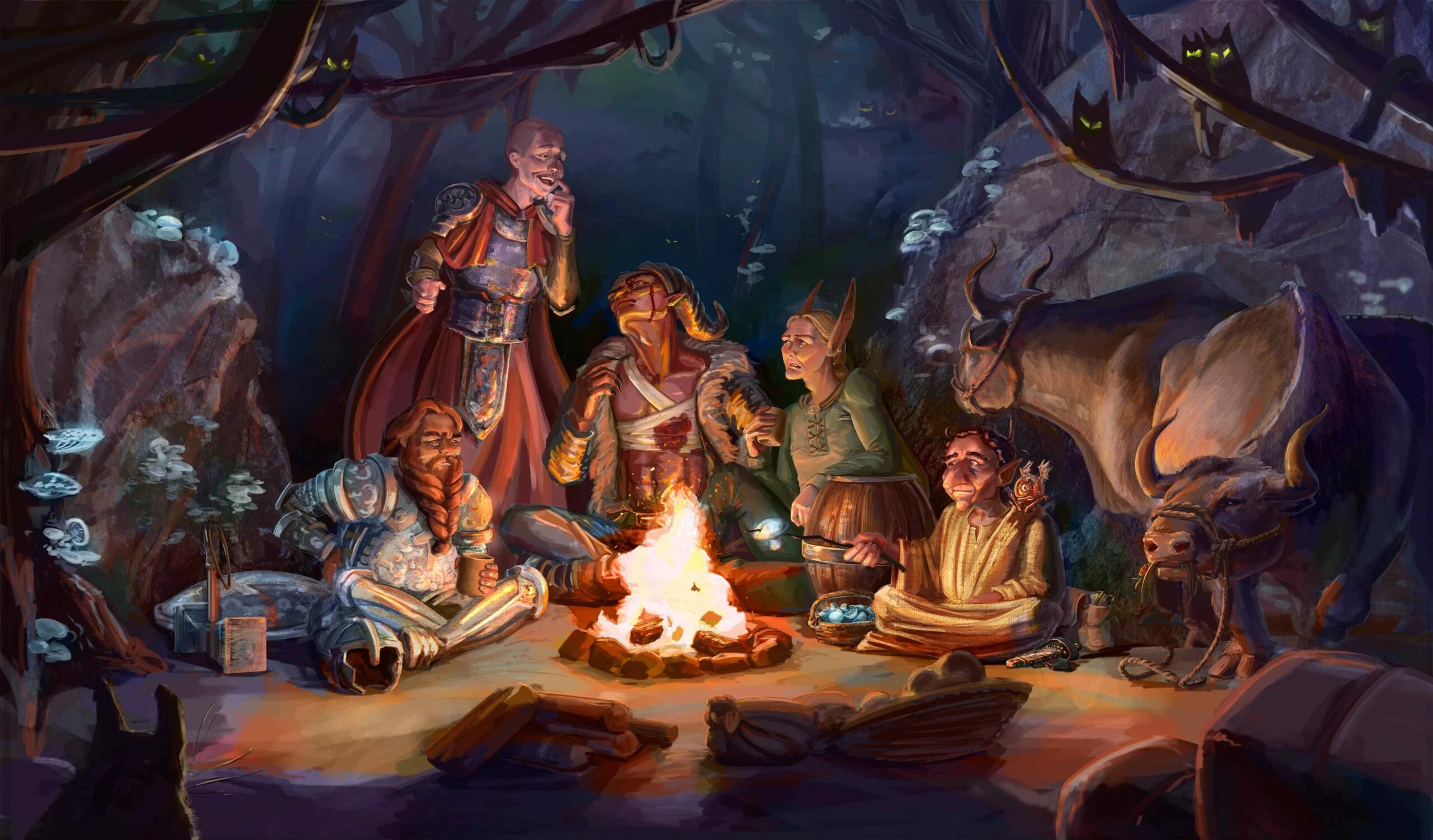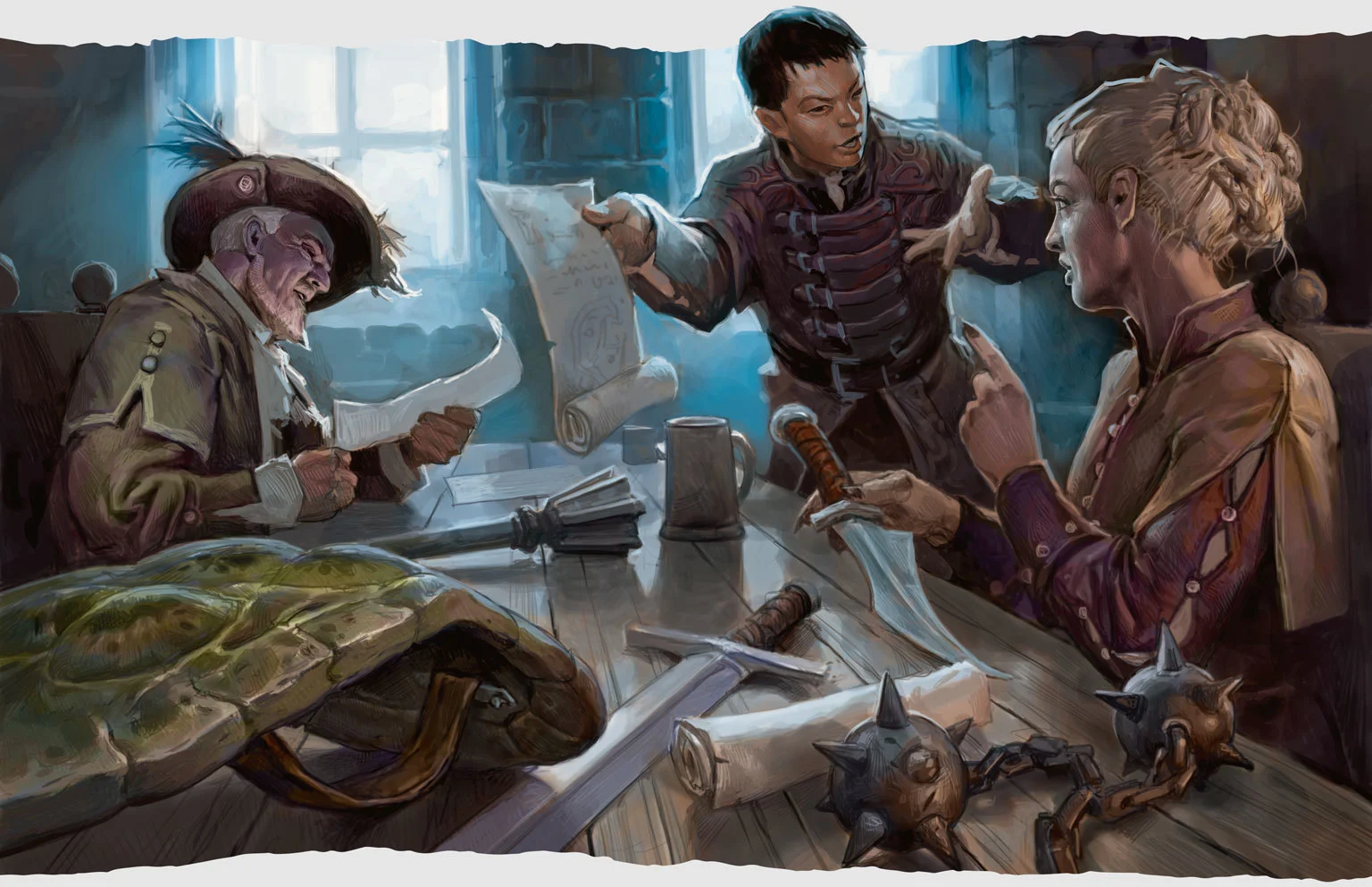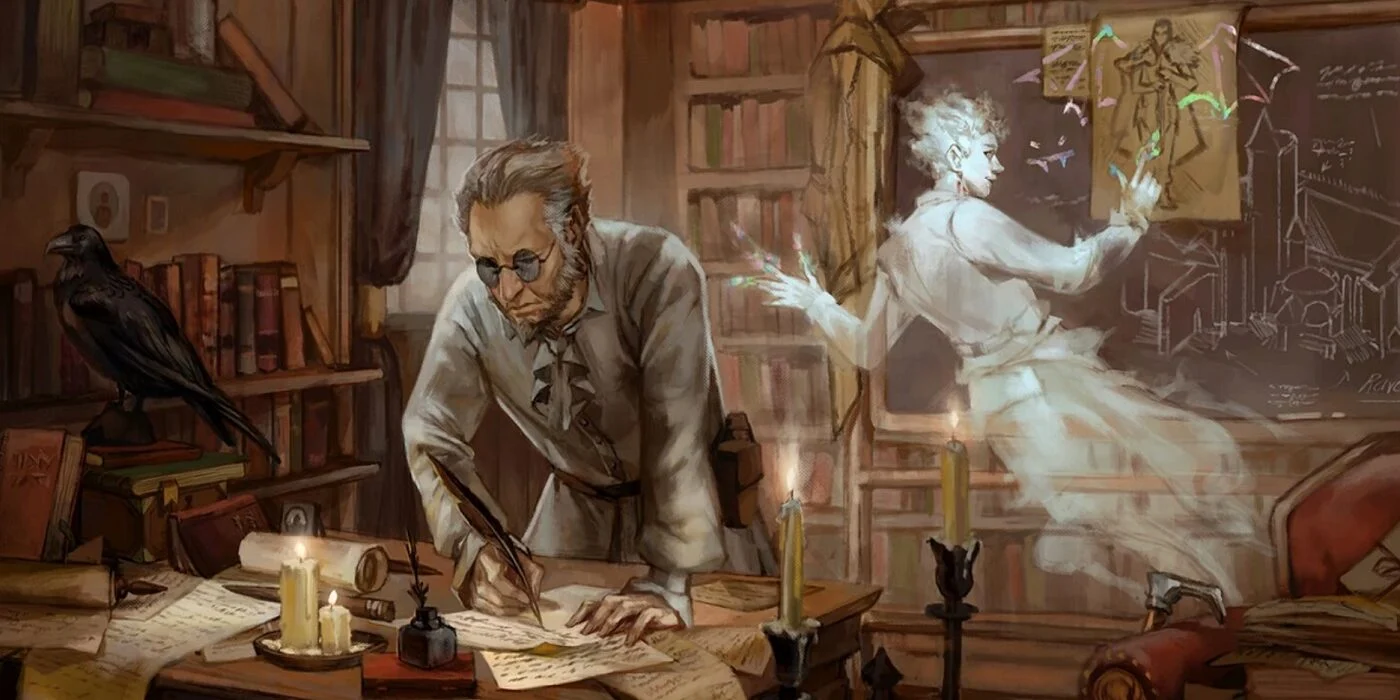Understanding Downtime in D&D 5e

The Impact of Downtime on Gameplay
Downtime in Dungeons & Dragons 5th Edition (D&D 5e) refers to the periods when players are not actively participating in the game’s core activities, such as combat, exploration, or interaction with non-player characters (NPCs). While some downtime is inevitable and can even be beneficial for character development, excessive downtime can hinder the game’s flow, leading to a decrease in player engagement and enjoyment. When downtime becomes too frequent or prolonged, players may lose interest, impacting the overall momentum of the campaign.
Common Causes of Downtime
Several factors can contribute to downtime in a D&D session. One of the most common causes is complex rule discussions. When players or the Dungeon Master (DM) need to clarify or debate specific rules, the game can slow down considerably. Additionally, lengthy character decisions, such as choosing spells or planning intricate strategies, can also lead to downtime. Finally, logistical issues, such as players being unprepared or distracted, can further disrupt the game’s pace.
Strategies for Reducing Downtime

Efficient Game Preparation
Proper preparation is crucial for minimizing downtime in D&D 5e. The DM plays a significant role in this regard. By thoroughly preparing sessions in advance, the DM can anticipate potential issues that might cause delays. This includes having a solid understanding of the rules, preparing encounters and NPCs ahead of time, and having a clear storyline that guides the players. Additionally, encouraging players to have their character sheets, spells, and equipment ready before the session begins can save valuable time during gameplay.
Streamlining Rule Clarifications
One of the most effective ways to reduce downtime is by streamlining rule clarifications. The DM should be well-versed in the rules to make quick decisions during the game. However, if a rule dispute arises, it can be beneficial to establish a “rule of the table,” where the DM makes a temporary ruling to keep the game moving, with the option to revisit the rule after the session. This approach ensures that the flow of the game is not interrupted by lengthy debates.
Encouraging Player Engagement
Keeping players engaged is essential for reducing downtime. One way to achieve this is by involving all players in the game, even when it’s not their turn. The DM can do this by creating scenarios that require group decision-making or by introducing NPCs that interact with the entire party. Additionally, rotating spotlight moments among players can help maintain engagement, ensuring that everyone feels involved in the game.
Optimizing In-Game Decision Making
Quick Decision-Making Techniques
Encouraging players to make quick decisions during the game can significantly reduce downtime. This can be achieved by setting time limits for certain actions, such as choosing a spell or deciding on a course of action. The DM can also help by providing clear and concise descriptions of the situation, allowing players to make informed decisions without needing excessive deliberation.
Utilizing Downtime Activities
In D&D 5e, downtime activities are specific tasks that players can perform during periods of rest or when the group is not engaged in major story events. These activities, such as crafting items, learning new skills, or gathering information, can be used to keep players occupied during quieter moments in the game. By integrating downtime activities into the campaign, the DM can ensure that players remain engaged even when the main action is paused.
Managing Player Expectations

Setting Clear Expectations
Setting clear expectations with players at the beginning of the campaign can help reduce downtime. The DM should communicate the pace of the game, the importance of staying focused, and the need for quick decision-making. By establishing these guidelines early on, players will be more likely to adhere to them, leading to a smoother and more enjoyable gaming experience.
Balancing Story and Action
A well-balanced campaign that mixes story development with action sequences can also help reduce downtime. While deep storytelling is a critical aspect of D&D, ensuring that there are frequent opportunities for action can keep players engaged and minimize idle time. The DM should aim to create a dynamic campaign where the narrative and gameplay elements are seamlessly integrated, maintaining a steady pace throughout.
Enhancing Group Dynamics
Promoting Teamwork and Cooperation
Promoting teamwork and cooperation among players can enhance group dynamics, leading to reduced downtime. When players work together efficiently, they can make decisions more quickly and effectively. The DM can encourage teamwork by designing challenges that require collaboration or by rewarding cooperative behavior. Additionally, fostering a positive and supportive atmosphere at the table can lead to more harmonious gameplay, reducing the likelihood of disruptions.
Addressing Distractions and Side Conversations
Distractions and side conversations are common causes of downtime in D&D sessions. To mitigate this, the DM should establish ground rules regarding focus and attention during the game. For example, asking players to avoid using electronic devices or engaging in unrelated discussions can help maintain the game’s momentum. Addressing these issues early on can prevent them from becoming recurring problems that disrupt the flow of the session.
Conclusion
Reducing downtime in D&D 5e is essential for maintaining the momentum and engagement of the game. By understanding the causes of downtime and implementing strategies such as efficient preparation, streamlined rule clarifications, and encouraging player engagement, the DM can keep the adventure rolling. Additionally, optimizing in-game decision-making, managing player expectations, and enhancing group dynamics will further contribute to a smoother and more enjoyable gaming experience. With these techniques, both the DM and players can ensure that their D&D sessions remain dynamic, immersive, and, most importantly, fun.
